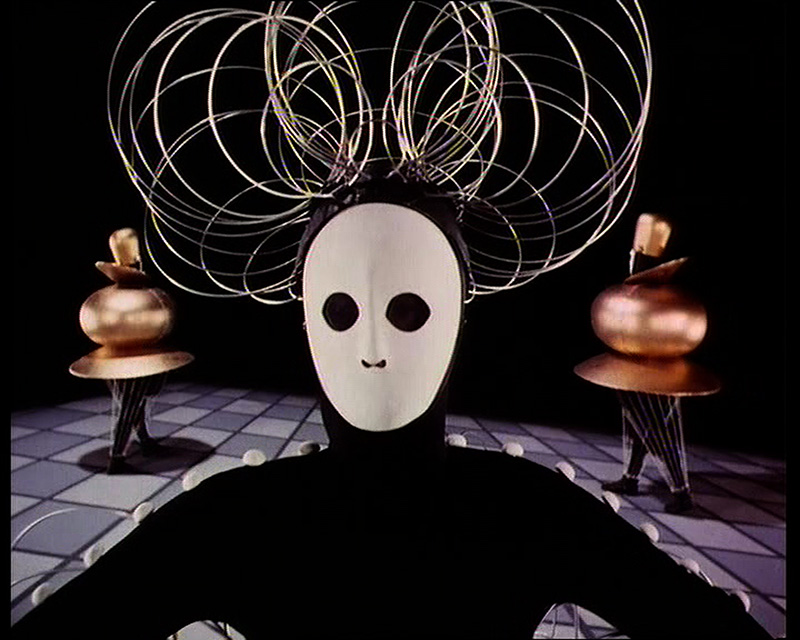ART-PRESENTATION:Dreamlands
 The exhibition “Dreamlands: Immersive Cinema and Art, 1905–2016” focuses on the ways in which technology has created new forms of immersive experience using the moving image. Artists have dismantled and reassembled the conventions of cinema (screen, projection and darkness) to create new readings of space, optical form, and time.
The exhibition “Dreamlands: Immersive Cinema and Art, 1905–2016” focuses on the ways in which technology has created new forms of immersive experience using the moving image. Artists have dismantled and reassembled the conventions of cinema (screen, projection and darkness) to create new readings of space, optical form, and time.
By Efi Michalarou
Photo: Whitney Museum Archive
The exhibition “Dreamlands: Immersive Cinema and Art, 1905–2016” with works from the early 1900s to the present, is a result of 4 years of research involving experts of the worlds of art and film. The works on view engage the senses using color, touch 3D, music light and surface, flattering the space through animation and abstraction, or heightening the illusion of 3 dimensions. The exhibition features works by American artists and filmmakers, also includes a small number of works from 1920s Weimar Germany, with a strong relationship to, and influence on, American art and film. Featured are works in installation, drawing 3-D environments, sculpture, performance painting and online space by various artists. The exhibition is organized in 3 parts. Part 1: 1905-1930s: Beginning in 19005 and including a group of works form ‘20s and 30s, presents some of the earliest experiments with cinematic space and the way in which sweeping camera shots, abstraction, color music and kaleidoscopic space were used what is called cinema of attractions. In the Part II 1940s to 1980s, are included among others concept artworks from Bruce Conner’s “CROSSROADS” (1976, a montage of de-classified military film footage depicting atomic explosions in the Bikini Atoll in 1946. Projective installations by Jud Yalkut and Anthony McCall detach the screen from its fixed position, dispersing it into a dark space in which the screen beam becomes a sculptural form. A group of concept drawings by Syd Mead for the film “Blade Runner” (1982), have been specially assembled for the exhibition revealing the atmosphere of film’s futuristic dystopian city. Part III: 1990’s to the present articulates the breadth and complexity of more recent works in which cinematic space has been reassembled into new models by contemporary artists. The relationship between the body and technology has been recalibrated through touch screen and virtual space. The infinite manipulability of the digital image now dominated by the graphic, animated form, special effects and virtual reality, has produced a new visual ecosystem in which artifice and reality have become versions of each other. The exhibition also includes a film program in 10 parts, featuring artists and filmmakers from the earliest days of the cinema to the most cutting-edge artists working with virtual reality and digital space.
Info: Curator: Chrissi Iles: Whitney Museum of American Art, 99 Gansevoort Street, New York, Duration: 28/10/16-5/2/17, Days & Hours: Mon, Wed-Thu & Sun 10:30-18:00, Fri-Sat 10:30-22:00, http://whitney.org



